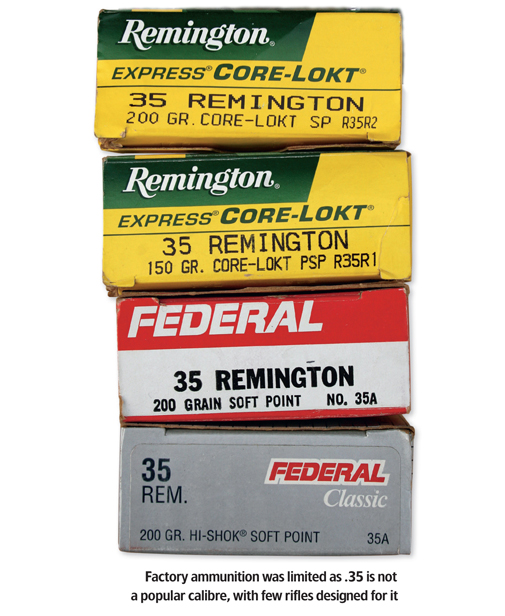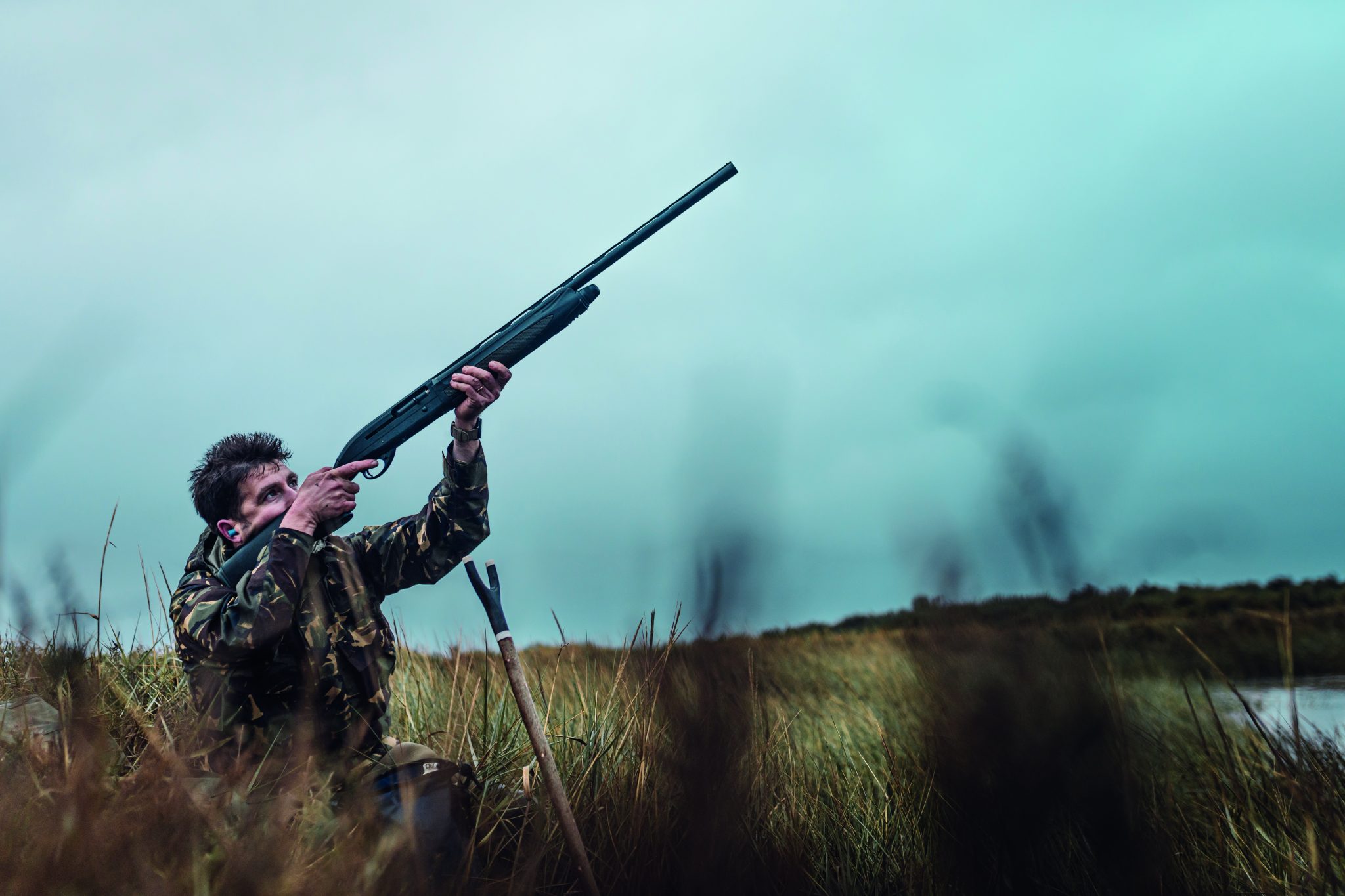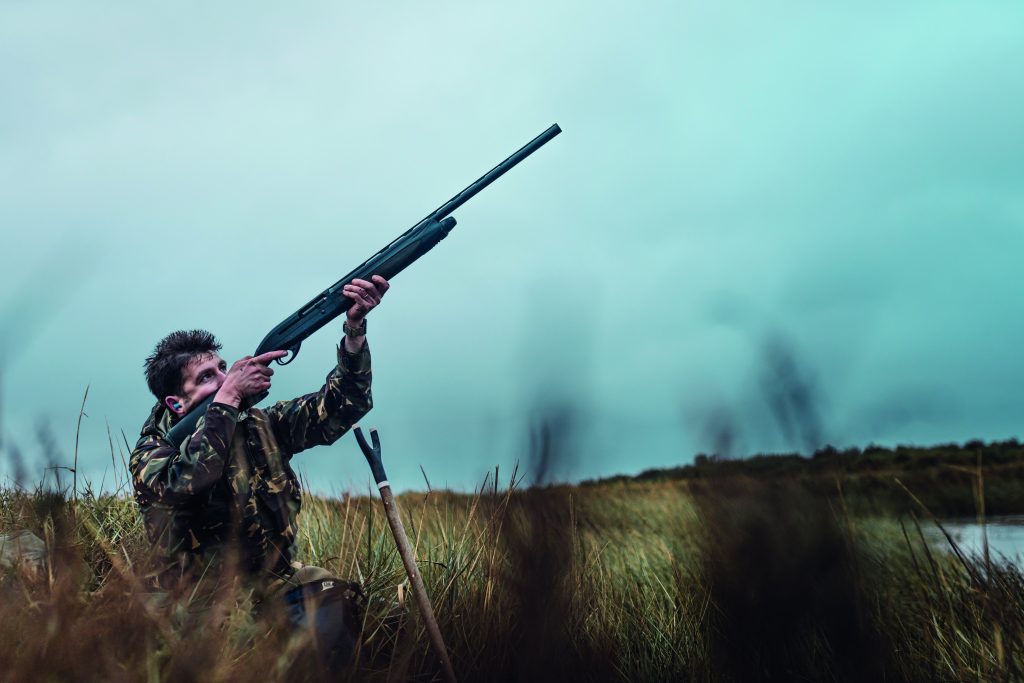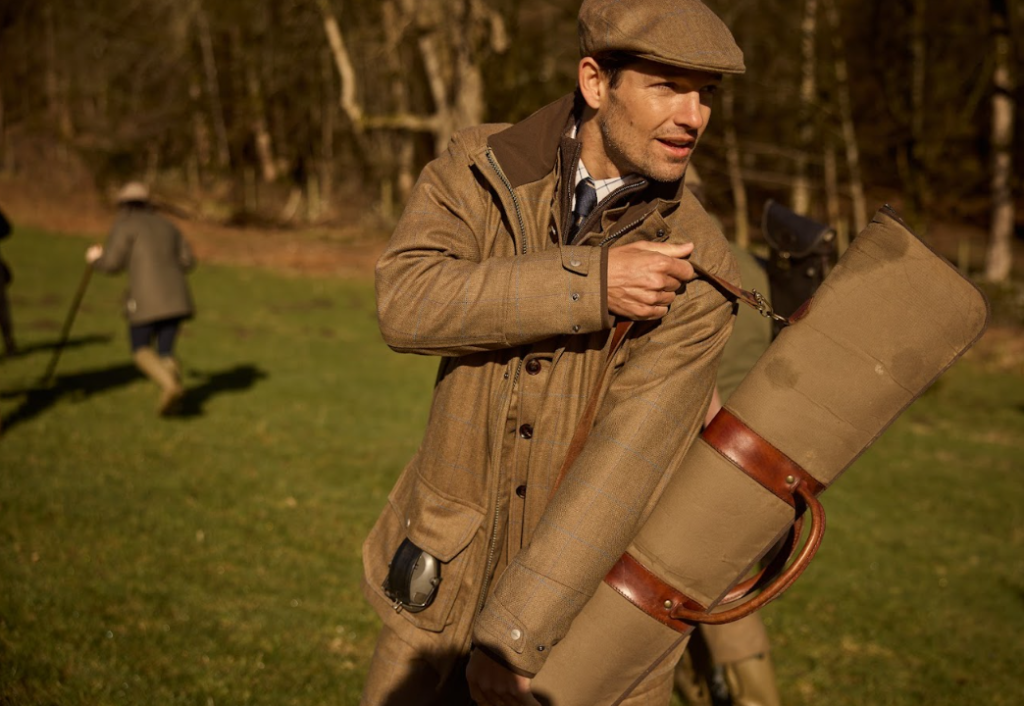Win CENS ProFlex DX5 earplugs worth £1,149 – enter here
.35 Remington cartridge review
.35 Remington cartridge review: Modern ballistics have found solutions to many problems, but Bruce Potts finds a century-old cartridge able to stand its ground in close-range stalking.

.35 Remington cartridge review.
I am always interested to explore new cartridges and ballistic possibilities for sporting use, but sometimes I am drawn back to the cartridges of yesteryear that are still valid in today?s sporting scene.
The .35 Remington is one such cartridge, designed more than 100 years ago. In 1906, the Remington Arms Company developed a series of rimless cartridges primarily for use in its Model 8 semi-automatic rifle.
These included the .25, .30, .32 and .35 versions, which were meant to rival Winchester?s range of similar rimmed cartridges in its lever-action Model 94 rifle.
The .35 Remington was principally developed for use in woodland, in carbine-length rifles, to deliver a .358in diameter bullet for deer and even black bears.
Its accuracy, coupled with mild recoil yet effective striking energy, made it great for short-range stalking in the back country.
Related Articles
Get the latest news delivered direct to your door
Subscribe to Shooting Times & Country
Discover the ultimate companion for field sports enthusiasts with Shooting Times & Country Magazine, the UK’s leading weekly publication that has been at the forefront of shooting culture since 1882. Subscribers gain access to expert tips, comprehensive gear reviews, seasonal advice and a vibrant community of like-minded shooters.
Save on shop price when you subscribe with weekly issues featuring in-depth articles on gundog training, exclusive member offers and access to the digital back issue library. A Shooting Times & Country subscription is more than a magazine, don’t just read about the countryside; immerse yourself in its most authoritative and engaging publication.









